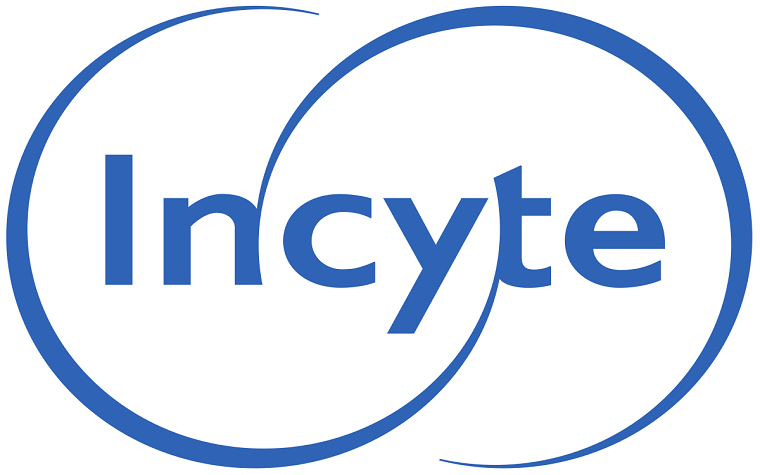Incyte corporation issued the following announcement on June 21.
Incyte Corporation (Nasdaq:INCY)today announced positive topline results from its ongoing pivotal Phase 2 REACH1 trial evaluating ruxolitinib (Jakafi®) in combination with corticosteroids for the treatment of patients with steroid-refractory acute graft-versus-host disease (GVHD). The study met its primary endpoint, demonstrating an overall response rate (ORR) of 55 percent (n=39/71) at Day 28. In addition, the best overall response rate (BORR), the number of patients achieving a response at any time point during the study, was 73 percent (n=52/71). The most common treatment-emergent adverse events of any grade were anemia (61%), thrombocytopenia (61%) and neutropenia (56%).
Based on these data from REACH1, Incyte plans to file a Supplemental New Drug Application (sNDA) for the approval of ruxolitinib for the treatment of steroid-refractory acute GVHD with the U.S. Food and Drug Administration (FDA) during the third quarter of 2018.
“The results of the REACH1 study demonstrate the potential of ruxolitinib to meaningfully improve the outcomes of allogeneic transplant patients who develop steroid-refractory acute GVHD and further underscore the promise of JAK inhibition to advance the treatment of this potentially-devastating condition,” said Steven Stein, M.D., Chief Medical Officer, Incyte. “We look forward to sharing additional results from this study with the medical community, and to working with U.S. regulatory authorities to submit our supplementary new drug application seeking approval of ruxolitinib in this indication later this year.”
Full detailed results from the REACH1 study will be submitted for presentation at an upcoming scientific meeting.
GVHD is a condition that can occur after an allogeneic transplant (the transfer of genetically dissimilar blood stem cells) and is a significant cause of morbidity and mortality in transplant recipients. In GVHD, the donated bone marrow or peripheral blood stem cells view the recipient’s body as foreign and attack the body. There are two forms of GVHD, acute and chronic, which can affect multiple organ systems including the skin, gastrointestinal (digestive) tract and liver.
"As the use of allogeneic – or donor – transplants has increased, unfortunately so has the prevalence of GVHD, which is associated with first-year mortality ranging from 25 to 75 percent depending on the grade or progression of the disease,” said Madan Jagasia, M.D., M.B.B.S., M.S., Professor of Medicine; Chief, Section of Hematology-Stem Cell Transplant; and Co-leader, Translation Research and Interventional Oncology, Vanderbilt-Ingram Cancer Center, Vanderbilt University Medical Center. “Despite available therapies for acute GVHD, patients do not always respond, underscoring the need for new and innovative treatment options for these patients.”
The FDA previously granted ruxolitinib Breakthrough Therapy Designation for the treatment of steroid-refractory acute GVHD, designed to expedite the development and review of drugs for serious or life-threatening conditions, as well as Orphan Drug Designation for the treatment of GVHD, granted to investigational compounds intended for the safe and effective treatment, diagnosis or prevention of rare diseases or disorders that affect fewer than 200,000 people.
Original source can be found here.









 Alerts Sign-up
Alerts Sign-up